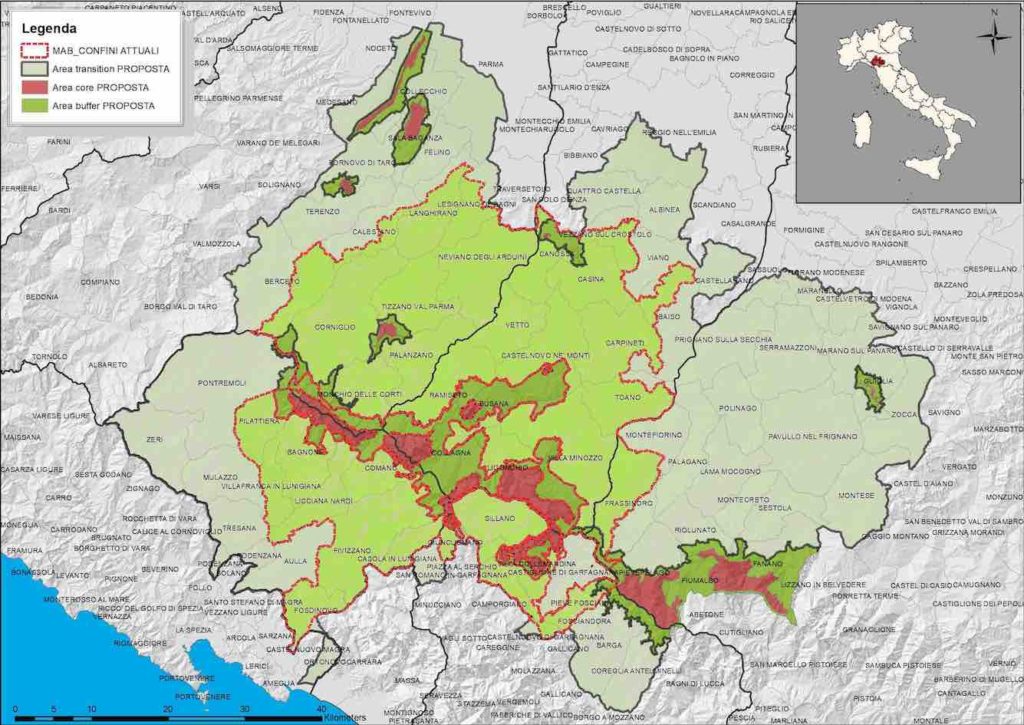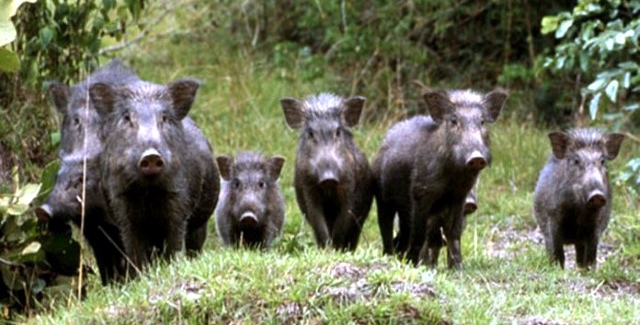
Extensively forested as it is, most wildlife in the Lunigiana is woodland based. By far the largest animal to be found is the cinghiale (wild boar) whose population is large and out of control throughout the area. In part this is due to the persecution of its only non-human predator – the wolf – which has traditionally been blamed by farmers for losses of sheep and goats. Now protected, the wolves are making a comeback but numbers are currently so low that the cinghiale population is unaffected. Other mammals commonly found include:
- Faina (Beech Marten)
- Volpe (Fox)
- Riccio (Hedgehog)
- Istrice (Porcupine)
- Capriolo (Roe Deer)
- Daino (Fallow Deer)
- Tasso (Badger)
- Scoiattolo (Squirrel)
- Ghiro (Dormouse)
Oddly, perhaps, we have seen no rabbits or hares in the Lunigiana.
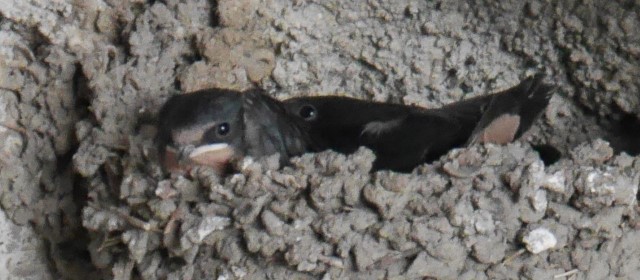
Bird life is not as varied as one might expect. Eagles (aquila) can be seen above the high crags, though these are often confused with the many buzzards (poiana) that can be seen at lower altitudes. Nightjars (succiacapre) can be sometimes be seen at dusk – uninspiring to look at but relatively rare. During the summer months all the mountain villages are inundated with swifts (rondone) and house martins (balestruccio) whose nests can be seen adhering the the roofs of passageways and beneath eaves.
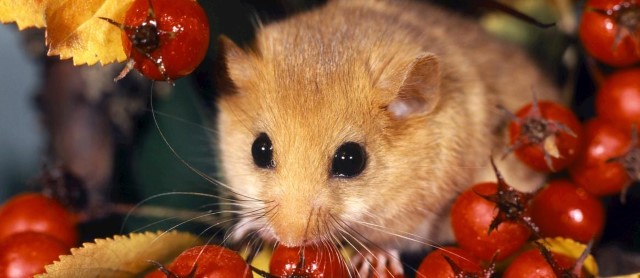
Dormice live in the woods during the summer but as autumn approaches must create a nest in which they can hibernate during the winter. Very often the location they choose is a void beneath the Roman tiles of traditional houses. It’s common, though initially alarming, to be woken up at sunrise by the scrabbling noises of a dormouse as it resumes its nest building activities.
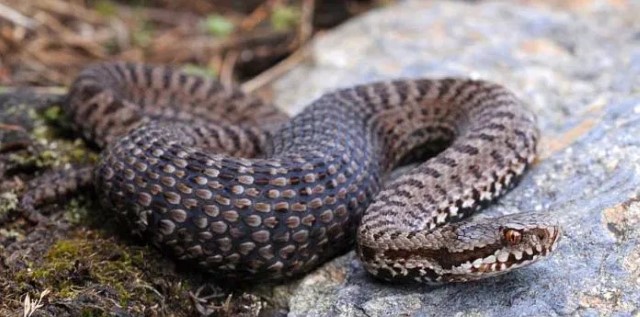
Snakes (serpente) are very common in the Lunigiana. The vast majority encountered are harmless grass snakes (biscia) though some can be very long (1m+) and fast moving. The only poisonous snakes in the area are adders of which there are two types – the vipera berus and the vipera aspis. The vipera berus is the same as the adder found in the UK. The vipera aspis is more dangerous and and a bite leads to a mortality of 4%.
Adders are relatively rare and can generally be found only in the high altitude grasslands. Some of the first aid kits in the mountain huts contain anti-venom to combat snake bite, though the chances of death or serious medical consequences are slim. Full details of what to do in the event of snakebite may be found here.
Appennino Tosco-Emiliano Biosphere Reserve
The Appennino Tosco-Emiliano Biosphere Reserve covers the Tuscan-Emilian Apennine ridge from Passo della Cisa to Passo delle Forbici, which marks the geographical and climatic boundary between continental and Mediterranean Europe. The area contains close to 70% of total species present in Italy including 122 species of birds, amphibians, reptiles, mammals and fish, as well as a wide variety of flora comprising at least 260 aquatic and terrestrial plant species. Full details can be found on the UNESCO web site, and a map of the area covered by the Reserve is given below.
